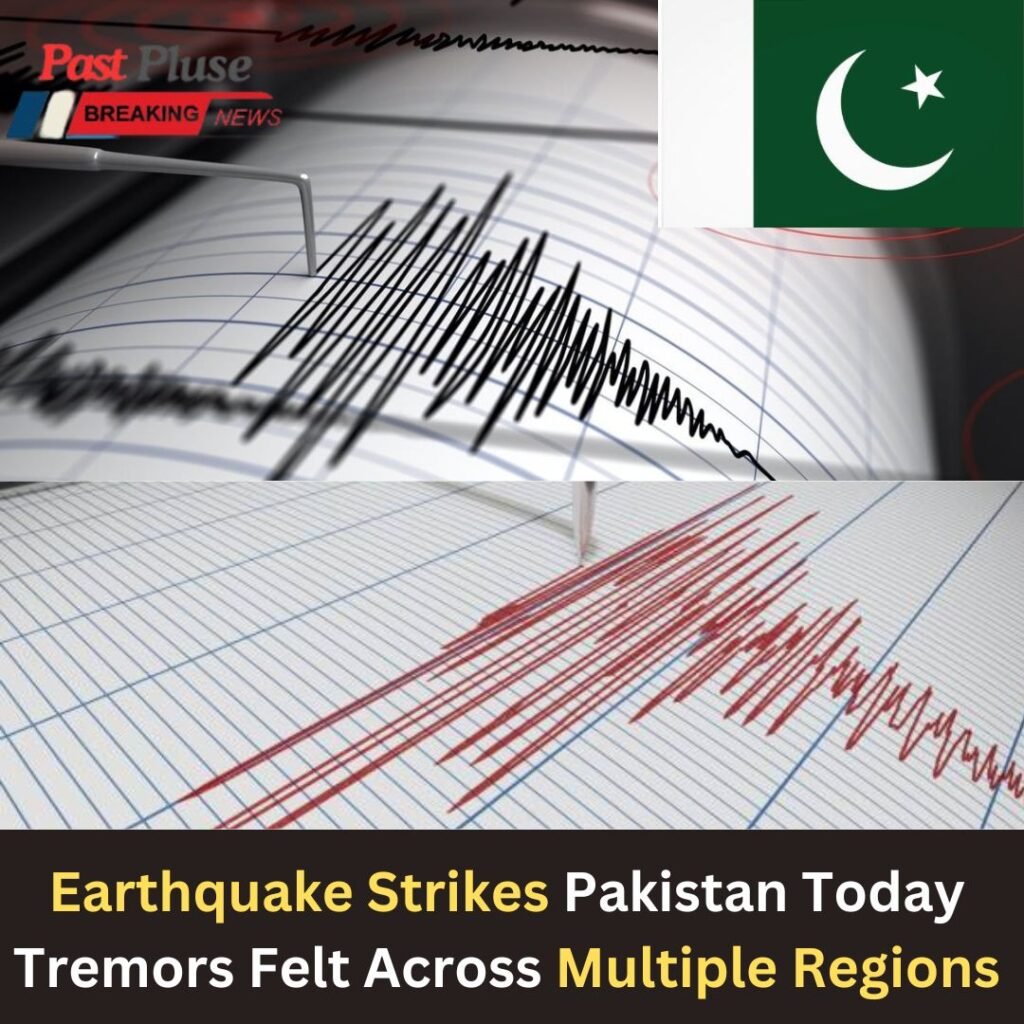
Multiple Regions
A powerful earthquake struck Pakistan today, shaking the ground beneath the feet of millions across multiple regions. The tremors, felt far and wide, sparked widespread concern, sending people out of their homes and into the streets, and raising questions about the nation’s preparedness for such natural disasters. The quake, whose epicenter was located in a seismically active area, reminded the country of its vulnerability to geological events that can have profound consequences.
This article delves into the details of the earthquake, examines its impact, and reflects on Pakistan’s preparedness in handling such calamities.
The Earthquake: Time and Magnitude
The earthquake, which occurred at approximately [insert time here], measured [insert magnitude here] on the Richter scale. Its epicenter was located near [insert location], a seismically active region that has experienced tremors in the past. The depth of the earthquake was estimated to be [insert depth here] kilometers beneath the Earth’s surface, amplifying its effect across the region.
Affected Areas
The tremors were felt across a vast area, spanning multiple provinces in Pakistan. Major cities such as Islamabad, Lahore, Peshawar, and Quetta experienced noticeable shaking, with reports of buildings swaying and people rushing out of offices and homes. In some areas, the shaking lasted for several seconds, causing panic among residents who were reminded of the devastation caused by previous earthquakes in the region.
Social media platforms quickly lit up with reports and videos of people fleeing their homes, structural damage, and tremors being felt in far-reaching areas.
Geological Context: Why Pakistan is Prone to Earthquakes
The country sits on the Indian and Eurasian tectonic plates’ boundary, a highly seismically active zone. These two massive plates are constantly pushing against each other, building tension that is eventually released in the form of earthquakes.
In particular, the northern and western parts of Pakistan are most vulnerable to earthquakes. The country has witnessed devastating earthquakes in the past, including the 2005 Kashmir earthquake, which claimed over 80,000 lives and displaced millions.
Initial Reports: Damage and Casualties
As of now, reports of damage and casualties are still emerging, but initial assessments indicate that the earthquake has caused significant structural damage in several areas. Buildings, particularly older structures, were most affected by the tremors. While modern buildings in cities like Islamabad and Lahore are designed to withstand a certain level of seismic activity, rural areas with poorly constructed homes are at greater risk of collapse.
Authorities have urged people to remain vigilant, and rescue teams have been dispatched to assess the extent of the damage and provide assistance where needed. In cities like Peshawar and Quetta, hospitals have been put on high alert, with emergency services bracing for potential casualties. Power outages and communication disruptions were also reported in some areas, compounding the challenges faced by emergency responders.
Local news outlets reported that several schools and offices were evacuated as a precautionary measure. In some cities, public transport was halted temporarily to ensure the safety of passengers. Authorities have urged citizens to stay calm and avoid unnecessary travel to areas where aftershocks could cause further damage.
Historical Context: A Region Prone to Devastation
One of the most devastating earthquakes in recent history struck Pakistan-administered Kashmir on October 8, 2005. With a magnitude of 7.6, the earthquake claimed over 80,000 lives and left more than 4 million people homeless. It flattened entire towns and villages, particularly in the northern areas, and triggered landslides that further compounded the destruction.
The 2005 earthquake underscored the importance of disaster preparedness in the region, but progress has been slow in implementing comprehensive measures to mitigate the impact of future earthquakes. Urbanization, population growth, and the lack of enforcement of building codes in rural areas continue to be significant challenges.
The event left more than 30,000 people dead, and much of the city was reduced to rubble. These events have left a deep scar on the nation’s collective memory, serving as reminders of the destructive power of earthquakes.
Pakistan’s Preparedness: Are We Ready?
In the aftermath of today’s earthquake, questions about Pakistan’s preparedness for such events have come to the forefront. While some progress has been made since the 2005 earthquake, many challenges remain. One of the primary concerns is the enforcement of building codes, particularly in rural areas where homes are often built with little regard for seismic safety. In urban centers, while modern buildings are generally constructed with earthquake-resistant features, the risk of damage remains high, especially in older structures.
In recent years, the National Disaster Management Authority (NDMA) has taken steps to improve disaster preparedness, including conducting earthquake drills and raising awareness about emergency procedures. However, experts argue that much more needs to be done to prepare the country for large-scale earthquakes. Early warning systems, for example, are still lacking in many parts of the country, and the response time of emergency services could be improved.
Response and Relief Efforts
In the wake of today’s earthquake, the Pakistani government, along with local authorities and international organizations, has begun coordinating response and relief efforts. Search and rescue teams have been deployed to affected areas to assist with any casualties and to assess structural damage. Hospitals have been instructed to prioritize earthquake victims, and temporary shelters are being set up for those who have been displaced by the disaster.
The NDMA has urged residents to follow safety protocols, including staying away from damaged buildings and preparing for potential aftershocks, which are common after a major earthquake.
Also Read More>..
Nita Ambani A Visionary Leader Shaping Philanthropy, Sports, and Business in India




